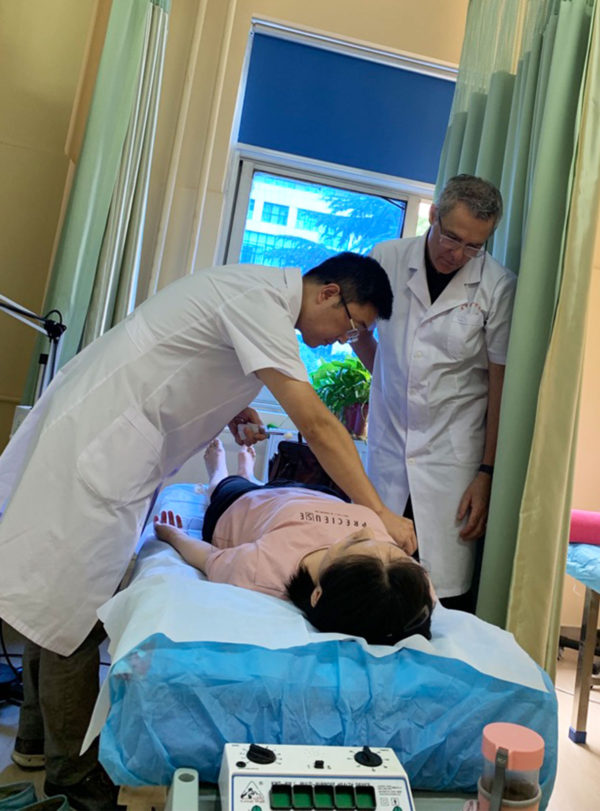OBJECTIVE:
Reproductive Conditions
To evaluate the effect of acupuncture researchers diligently analyzed pregnancy rates in assisted reproduction therapy (ART). They thoroughly assessed a group receiving acupuncture. Treatments occurred shortly before and after embryo transfer. In contrast, a control group received no acupuncture. Consequently, the study clearly demonstrated acupuncture’s potential. It significantly enhanced ART outcomes. Moreover, the findings suggest acupuncture’s positive impact. Therefore, this approach markedly improves success rates. Additionally, it highlights acupuncture’s role in fertility treatments. Thus, integrating acupuncture could optimize ART protocols.
METHODS:
A prospective randomized study.
RESULTS:
CONCLUSION:
Acupuncture seems to be a useful tool for improving pregnancy rate after ART.

Acupuncture and Reproductive Conditions
Resources
OBJECTIVE:
To determine the effect of luteal-phase acupuncture on the outcome of IVF/intracytoplasmic sperm
injection (ICSI).
METHODS:
Randomized, prospective, controlled clinical study
RESULTS:
In group I, the clinical pregnancy rate and ongoing pregnancy rate (33.6% and 28.4%, respectively) were notably; the acupuncture group’s pregnancy rate surpassed Group II’s rates of 15.6% and 13.8%.
CONCLUSION:
Luteal-phase acupuncture has a positive effect on the outcome of IVF/ICSI.
Reproductive Conditions
OBJECTIVE:
To evaluate the ultrastructural sperm features of idiopathic infertile men after acupuncture therapy.
METHODS:
A prospective controlled study.
RESULTS:
Statistical evaluation of the TEM data showed a statistically significant increase after acupuncture in the percentage and number of sperm without ultrastructural defects in the total ejaculates. A statistically significant improvement was detected in acrosome position and shape, nuclear shape, axonemal pattern and shape, and accessory fibers of sperm organelles.
First and foremost, researchers actively examined pregnancy rates in assisted reproduction therapy (ART) by meticulously assessing a group receiving acupuncture shortly before and after embryo transfer compared to a control group without acupuncture.
CONCLUSION:
The treatment of idiopathic male infertility could benefit from acupuncture.
Resources